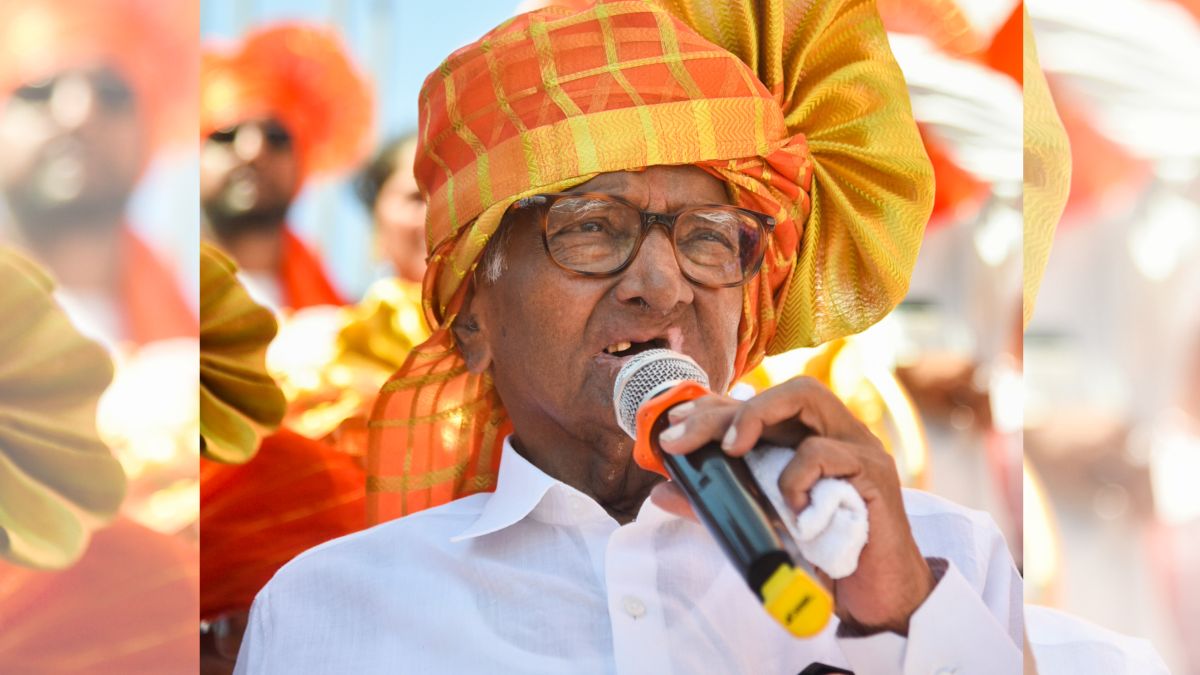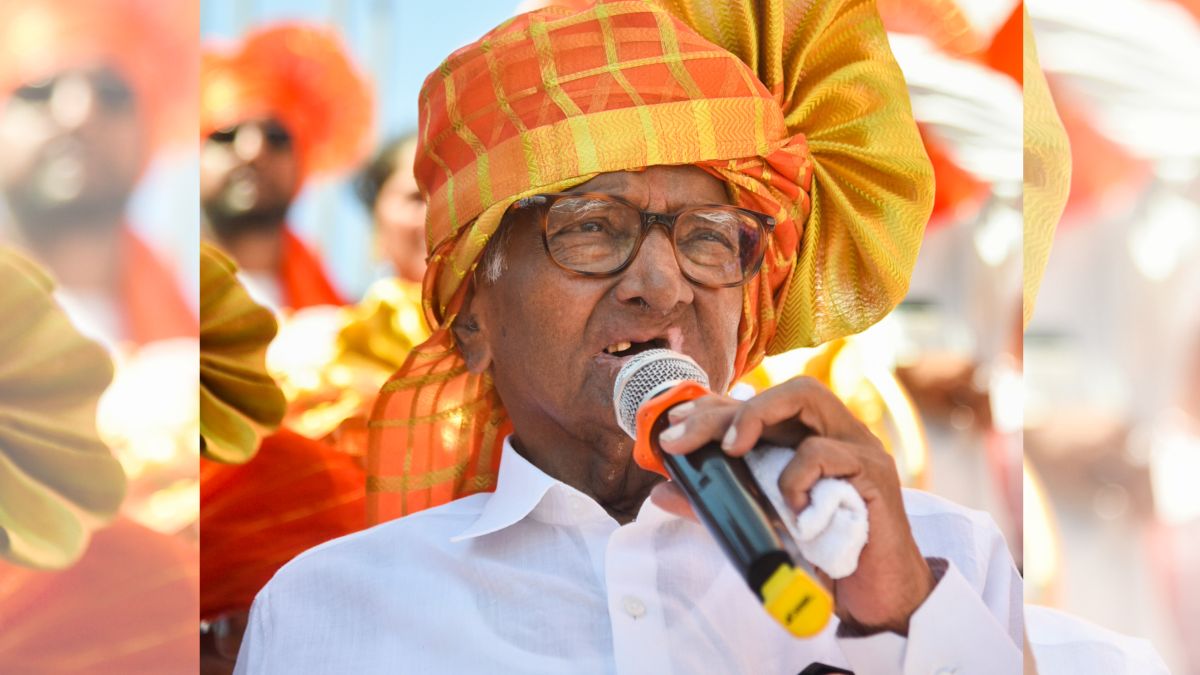Each Indian state is differently equipped to deal with crises such as COVID-19. This variation stems from several factors that span a state’s history, political economy, and social norms. However, the recipe for both higher state capacity and a successful growth trajectory broadly includes institutional reform, decentralised governance, and social mobilisation. In this piece, we outline how states have harnessed these elements to fight the current wave of the pandemic.
In the ongoing second wave, various states/districts are being seen as success stories in controlling SARS-CoV-2. For instance, pockets in Maharashtra such as Mumbai and Nandurbar have emerged as important case studies of flattening the curve.
Mumbai’s response to COVID-19 has been lauded as an example of COVID-19 containment. The Brihanmumbai Municipal Corporation (BMC)’s approach to battle the virus combined decentralisation and public empowerment. This was done in two ways. At the state level, Uddhav Thackeray delegated the control of the city to IS Chahal, Mumbai’s municipal commissioner, even though the chief minister has the power to override his decisions during a declared emergency.
This move inspired many BMC workers to take action without worrying about the political consequences of their actions. Initiatives such as developing a live dashboard with hospital beds, ICU availability, and oxygen cylinders were possible largely because BMC workers were able to work independently. The city could thus determine how to manage its resources and provide care for patients in a timely and localised manner.
The BMC took this approach of decentralisation and local empowerment further, delegating powers to the city’s 24 wards. Each ward instituted war rooms to address concerns at a ground level. With 30 telephone lines, 10 operators, 10 ambulances and doctors spread across three shifts, these war rooms were able to provide immediate support to residents infected with COVID-19 in their respective wards and were able to determine the severity of a patient’s condition, without overwhelming the city’s healthcare system. Moreover, each ward had dashboards to track COVID-19 cases in its respective areas.
This decentralised approach to COVID-19 management empowered local authorities and ensured that there was close engagement between state and citizen. Simultaneously, the BMC was monitoring the overall situation and coordinating resources across the city to make up for any shortfalls in one area compared to another. The impact of decentralisation and empowerment has resulted in a falling caseload since the second wave. Currently, Mumbai’s current caseload has dropped to less than 2000 new cases a day, and its positivity rate declined from 26 percent in early April to 6.5 percent in mid-May.
Similarly, Nandurbar, a tribal and rural district in Maharashtra made headlines for keeping the TPR low, managing oxygen supply, and avoiding overburdening the health infrastructure. Its ingredients for success included institutional reform and social mobilisation. Nandurbar had empty hospital beds and oxygen cylinders; in fact, people from neighbouring states and districts found themselves going to the district to use the vacant infrastructure.
District Collector Dr Rajendra Bharud prepared for the next wave in 2020 by setting up oxygen plants. Prior to the pandemic, the district did not have any oxygen plants. The district also tasked its nurses with checking oxygen levels of patients and changing the flow of O2 accordingly. Thus the term ‘ oxygen nurses ’ was coined in Nandurbar. Other elements of the Nandurbar model that have gained traction include the district’s comprehensive COVID-19 dashboard and their process of enlisting more doctors prior to the second wave.
These experiences are analogous to Kerala’s in the first wave. Kerala mobilised resources and manpower and empowered local administrations, which built state capacity, as shown in a recent paper from IDFC Institute.
Social mobilisation has been part of Kerala’s history before Independence, when the state comprised the erstwhile kingdoms of Travancore and Cochin, and Malabar region, with Ezhava mobilisations in the late 19th and early 20th Centuries and a revolt by Travancore agricultural workers in 1907-08. By 1940, Kerala scaled up its healthcare and education systems, and had the highest proportions of beds per person nationally. Political scientists have linked the rise of movements to demands by citizens such as for land reforms and improved public services in the state. This legacy of social mobilisation has been integral to shaping Kerala’s responses to crises since Independence.
Kerala’s political history fostered an environment of civil society participation. Kerala had its first election in 1957; thereafter, the subsequent alternating of Congress and Communist governments saw the creation of a ‘rights-based social democracy’ in the state, where public goods such as education, accessible healthcare, and good infrastructure were expected to be provided to all citizens in the state. Over the years, decentralisation has taken the form of administrative devolution of power to gram panchayats and district councils.
In 1994, the INC-led United Democratic Front (UDF) coalition passed the Panchayati Raj Acts in line with the 73rd and 74th Constitutional Amendments. These Acts further decentralised powers to local government bodies (LGBs) in the area of poverty eradication. Under the ‘People’s Plan’ of the Left government, 30 to 45 percent of planning expenditures was devolved to panchayats, leading to a new civic culture.
Similarly, the state’s governance structures facilitated various sections of society to play a role in the policy process. Kerala’s state government cannot centralise power easily and is restricted in its ability to dismiss or transfer local government officials. This structure promotes autonomy, which ensures that local leaders can stay in office for the duration of their tenure with limited interference from the state government.
In doing so, regional bodies are able to form relationships which help mobilise communities to respond to a crisis, and they are held accountable to the public as opposed to higher levels of government. Decentralisation and governance reform, when coupled with the development of community organisations, manifested itself in the creation of various support groups involving different sections of society, from priests, fisherfolk, microfinance organisations, and women’s support groups, who are in turn supported by LGB officials. The state’s current scenario doesn’t take away from its early success.
Maharashtra and Kerala are not the only states with success stories; recently, Delhi and other states/districts have also quickly turned a corner. Common themes in their responses have been some combination of the three elements outlined: decentralisation, institutional reform, and community mobilisation. To fight the pandemic in the short term and build state capacity in the long term, more regions must work towards establishing better links between levels of government and with citizens.
Mariwala and Shah are, respectively, senior analyst and senior associate at IDFC Institute, a think-and-do-tank in Mumbai


)




)
)
)
)
)
)
)
)